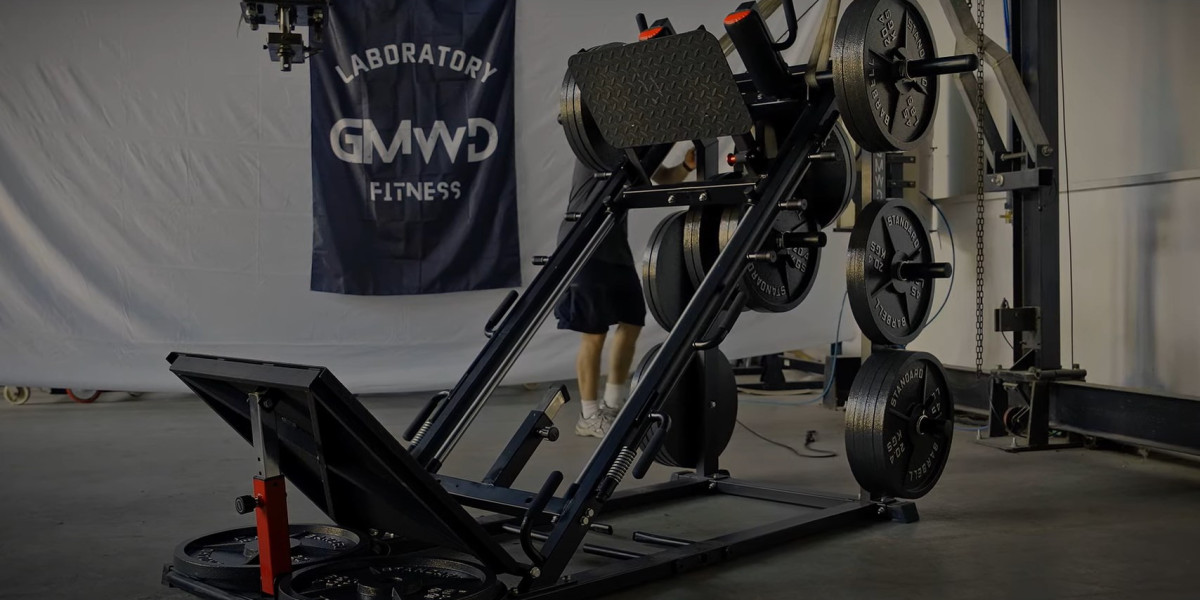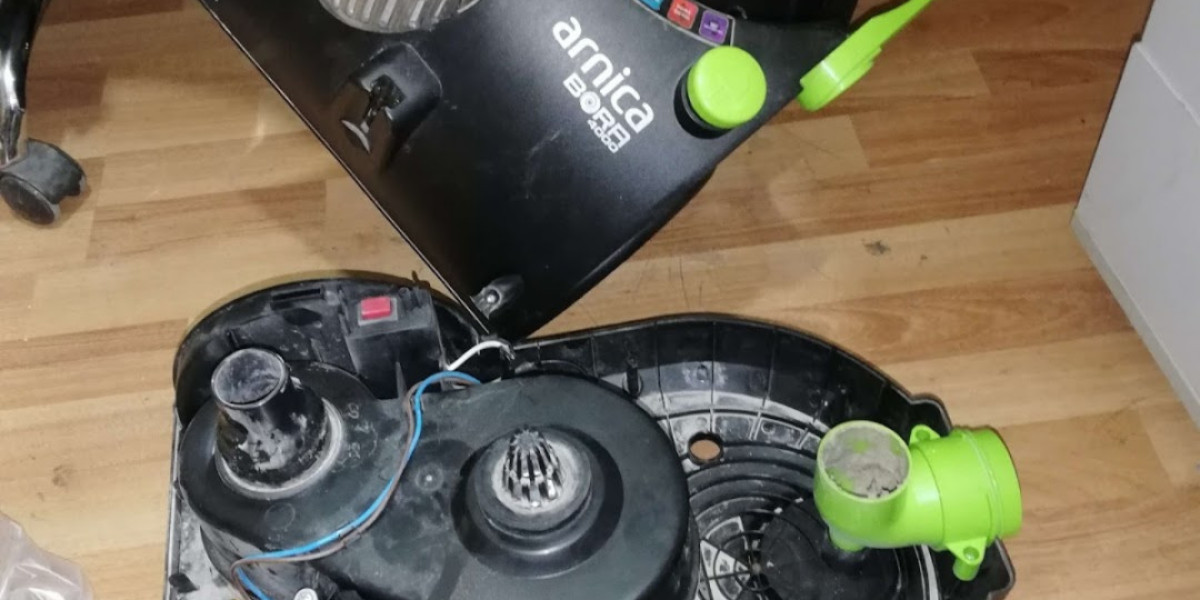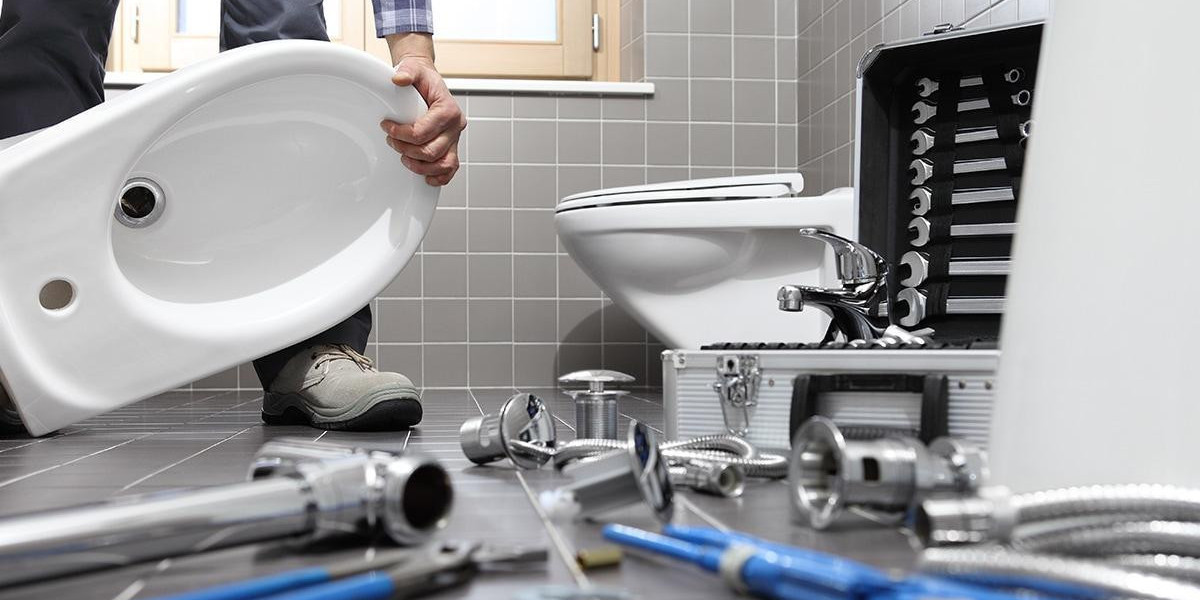The leg press machine is a staple in both commercial and home gyms, renowned for its effectiveness in building lower body strength and muscle mass. Whether you're a seasoned athlete or a fitness enthusiast, incorporating the leg press into your workout routine can yield significant benefits. This comprehensive guide explores everything you need to know about the gmwd leg press machine, from its benefits and proper usage to variations and safety tips.
What is a Leg Press Machine?
A leg press machine is a piece of strength training equipment designed to target the major muscles of the lower body, including the quadriceps, hamstrings, glutes, and calves. Unlike free weights, the leg press provides a controlled environment, allowing users to focus on their form and lift heavier weights with reduced risk of injury.
Types of Leg Press Machines
- Horizontal Leg Press: The user sits in a reclining seat and pushes the platform away using their legs. This version is ideal for beginners due to its stability.
- 45-Degree Leg Press: Positioned at a 45-degree angle, this machine offers a balanced workout targeting multiple muscle groups.
- Vertical Leg Press: Less common, this variant aligns vertically and requires significant core stability.
- Single-Leg Press: Focuses on one leg at a time, helping to correct muscle imbalances and enhance unilateral strength.
Benefits of Using the Leg Press Machine
1. Enhanced Muscle Strength and Growth
The leg press effectively targets the quadriceps, hamstrings, glutes, and calves, promoting muscle hypertrophy and strength gains. By allowing for progressive overload, users can continually challenge their muscles to adapt and grow.
2. Reduced Risk of Injury
Compared to free weight exercises like squats, the leg press provides a guided path of motion, minimizing the risk of improper form and related injuries. This makes it an excellent option for beginners and those recovering from injuries.
3. Improved Joint Stability
Regular use of the leg press can strengthen the muscles around the knees and hips, enhancing joint stability and reducing the likelihood of joint-related issues.
4. Versatility and Adaptability
Leg press machines offer various settings and configurations, allowing users to adjust the foot placement and seat angle to target different muscle groups and accommodate different fitness levels.
5. Time Efficiency
By engaging multiple muscle groups simultaneously, the leg press provides an efficient workout, making it easier to achieve comprehensive lower body training within a limited timeframe.
How to Use the Leg Press Machine Correctly
Step-by-Step Guide
- Adjust the Seat: Position the seat so that when your feet are on the platform, your knees are at a 90-degree angle. Ensure your back is firmly against the backrest.
- Foot Placement: Place your feet shoulder-width apart on the platform. Adjust your foot position to target specific muscles:
- Higher Foot Placement: Emphasizes the hamstrings and glutes.
- Lower Foot Placement: Targets the quadriceps.
- Wide Foot Placement: Focuses on the inner thighs.
- Grip the Handles: Hold the handles for stability. Keep your arms relaxed and avoid locking your elbows.
- Press the Platform: Push the platform away by extending your legs, but avoid fully locking your knees. Maintain a controlled motion.
- Return to Start: Slowly bend your knees to return the platform to the starting position, maintaining tension in your muscles throughout the movement.
Common Mistakes to Avoid
- Overextending the Knees: Fully locking your knees can place undue stress on the joint. Always stop before full extension.
- Incorrect Foot Placement: Misplacing your feet can shift the focus away from target muscles and increase injury risk.
- Using Excessive Weight: Start with a manageable weight to master the form before progressing to heavier loads.
- Rushing the Movement: Controlled, deliberate movements are more effective and safer than rapid, jerky motions.
Variations of the Leg Press Machine
1. Single-Leg Press
By performing the exercise one leg at a time, you can address muscle imbalances and improve unilateral strength. This variation also enhances core stability as your body works to maintain balance.
2. Narrow Stance Leg Press
A narrower foot placement shifts the focus to the outer thighs and glutes, providing a different stimulus compared to the standard stance.
3. Wide Stance Leg Press
A wider foot placement emphasizes the inner thighs and adductors, offering a comprehensive lower body workout.
4. Incline Leg Press
Adjusting the seat to a steeper angle increases the range of motion and targets the lower part of the quadriceps more intensely.
Incorporating the Leg Press into Your Workout Routine
Sample Leg Press Workout
- Warm-Up: 5-10 minutes of light cardio and dynamic stretching to prepare your muscles.
- Standard Leg Press: 3 sets of 10-12 reps
- Single-Leg Press: 3 sets of 8-10 reps per leg
- Wide Stance Leg Press: 3 sets of 10-12 reps
- Narrow Stance Leg Press: 3 sets of 10-12 reps
- Cool-Down: Stretching exercises focusing on the lower body muscles
Frequency and Progression
Aim to include leg press exercises in your lower body workouts 2-3 times per week. Gradually increase the weight and vary the foot placements to continuously challenge your muscles and promote growth.
Safety Tips for Using the Leg Press Machine
- Start with a Light Weight: Familiarize yourself with the movement before adding significant resistance.
- Maintain Proper Form: Focus on controlled movements and avoid using momentum to push the weight.
- Avoid Knee Locking: Keep a slight bend in your knees at the top of the movement to protect your joints.
- Listen to Your Body: If you experience pain or discomfort, reduce the weight or consult a fitness professional.
Frequently Asked Questions (FAQs)
1. Is the Leg Press Machine Safe for Beginners?
Yes, the leg press machine is generally safe for beginners as it provides a controlled environment to learn proper leg exercises. However, it's essential to start with lighter weights and focus on form to prevent injury.
2. Can the Leg Press Replace Squats?
While the leg press is an excellent lower body exercise, it shouldn't completely replace squats. Squats engage more stabilizing muscles and offer functional strength benefits. Incorporating both exercises into your routine provides a balanced approach.
3. How Often Should I Use the Leg Press Machine?
Including leg press exercises 2-3 times per week as part of your lower body workouts is ideal. Ensure you allow adequate rest between sessions to promote muscle recovery and growth.
4. What Muscles Does the Leg Press Target?
The leg press primarily targets the quadriceps, hamstrings, glutes, and calves. Depending on foot placement and stance, it can also engage the inner thighs and lower back.
Conclusion
The leg press machine is a versatile and effective tool for building lower body strength and muscle mass. Its ability to target multiple muscle groups, coupled with the safety and control it offers, makes it a valuable addition to any fitness regimen. By understanding the proper usage, exploring various exercises, and adhering to safety guidelines, you can maximize the benefits of the leg press and achieve your fitness goals.







